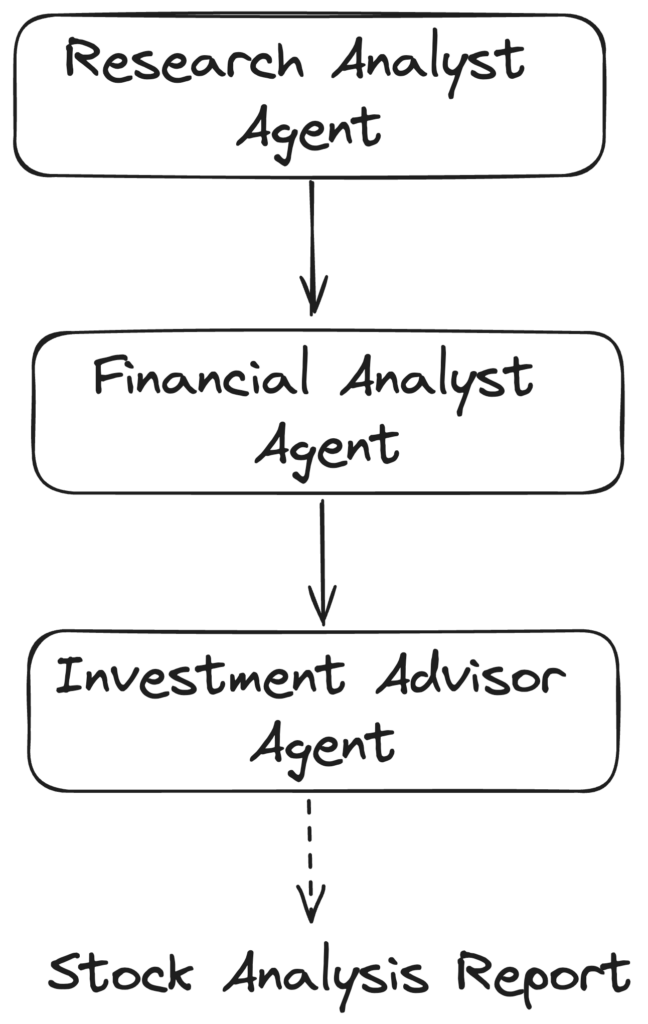Market coverage is one of the most important factors to be considered when evaluating AI-based trading platforms. This will determine how many markets and assets can be accessed. Market coverage is essential because it allows you to diversify, explore the world's markets, and adjust different trading strategies. Here are 10 ways on how to evaluate the coverage of the platforms.
1. Evaluate Supported Asset Classes
Stocks: Make sure that the platform contains stocks from all the major stock exchanges, which include NYSE, NASDAQ and LSE.
ETFs - See whether your platform can support an extensive selection of ETFs offering exposure to a variety of different sectors, regions or themes.
Options and futures. Find out whether your platform provides derivatives including options, futures or any other leveraged instrument.
Forex and commodities: Find out whether your platform has commodities and forex, precious metals, and energy commodities.
Check if the platform works with the major copyright, such as Bitcoin and Ethereum, and alternative currencies.
2. Check coverage of your area
Global markets - Check that the platform has the capacity to serve all major markets around the world, including North America (including copyright), Europe, Asia-Pacific markets and emerging ones.
Regional focus: Check if the platform specializes in particular areas or markets that are aligned with your interests in trading.
Local exchanges. Find out if the platform supports exchanges local or regional for your area.
3. Delayed Data vs. Delayed data
Real-time data - Ensure that the platform provides real-time market information to help you make timely decisions, especially for traders who are active.
Data that has been delayed: Check whether the delayed data is available for free or at a discounted price that could be sufficient for investors with a long-term view.
Data latency. Examine if your platform minimizes the amount of latency for real-time feeds.
4. Analyze historical data availability
In depth of Historical Data Check that the platform provides extensive historical data for backtesting, analysis and testing (e.g. 10plus years).
Look for levels of granularity. Historical data can include intraday, daily and weekly granularity.
Corporate actions - Examine historical data to ensure that it reflects stock splits or dividends, as well as other corporate activities.
5. Verify the Order Book and Market Depth Data
Data Level 2: Make sure the platform offers Level 2 (order book depth) to allow for more price discovery.
Bid-ask Spreads: Verify that the platform shows real-time spreads between bid and ask for accurate pricing.
Volume data: Verify if the platform has extensive volume data that can be used to analyze market activity and liquidity.
6. Assess coverage of Indices and Sectors
Major indexes - Ensure that your platform works with major indexes like S&P 500 and FTSE 100 to benchmark.
Sector-specific data : Find out if your platform contains data that is specifically for certain industries (e.g. technology, healthcare energy, healthcare) to allow targeted analysis.
Custom-designed indexes. Check if the platform is capable of creating and tracking custom indices according to your needs.
7. Assess the impact of integration with News and Sentiment
News feeds: Make sure the platform incorporates live news feeds of reputable sources (e.g., Bloomberg, Reuters) for events that affect the market.
Sentiment Analysis: Check whether the platform has sentiment analysis tools that are based on social media, news or other sources of data.
Event-driven strategy: Verify that the platform is compatible with events-driven trading strategies (e.g. announcements of earnings economic reports, announcements of earnings).
8. Verify Multi-Market Capabilities for Trading
Cross-market trading: Make sure the platform allows trading on different assets, markets, and exchanges via one interface.
Conversion of currencies: Find out if the platform allows multi-currency trading and automated conversion of currencies to facilitate international trade.
Verify that you are in compliance with time zones.
9. Review Alternative Data Sources
Alternative data: For more unique insights, confirm if your platform uses other data sources (e.g. satellite imagery web traffic, satellite imagery, or credit card transactions).
ESG Data: Check to see if there are any data on the environment, social or governance (ESG data) on the platform for socially-responsible investing.
Macroeconomic data: Check that the platform offers macroeconomic indicators for fundamental analysis (e.g. GDP rate, inflation rates, rate of interest).
Review the User Feedback and Review the Market Reputation
Reviews from users: Check for reviews from users to get a feel for the platform.
Industry reputation: Check whether the platform has been praised as a market leader by industry experts or has received awards.
Case studies: Search for cases studies or testimonials that highlight the effectiveness of the platform in particular markets or asset classes.
Bonus Tips:
Trial period - You can use the demo or trial version for free to test out the data coverage and market coverage.
API access Make sure to check if the API of the platform supports custom analysis by using market data.
Support for customers: Ensure that the platform is able to assist you with any market-related queries or data-related issues.
Utilizing these guidelines you can precisely assess the coverage of an AI software for stock prediction and analyzing trading platforms. It is then possible to select the trading platform that gives you the markets and the necessary information to be successful in your trades. A broad market coverage allows you to diversify your portfolio, explore new possibilities, and adjust to the changing market conditions. See the top ai trading app info for blog info including ai trade, trader ai intal, best stocks to buy now, chart ai for trading, free ai tool for stock market india, ai copyright trading, ai stock market, ai stock, ai trade, ai stock market and more.

Top 10 Tips For Assessing The Accuracy And Scalability Of Ai-Based Stock Trading Platforms
Analyzing the scalability of AI-driven trading and stock prediction platforms is vital to ensure they are able to handle growing volume of data, demands from users and market complexity. Here are the top ten ways to determine the capacity of these platforms.
1. Evaluate Data Handling Capacity
Tip: Verify that the platform has the capacity to process and analyse large datasets.
The reason: A scalable platform should be capable of handling the ever-growing data volume without performance degradation.
2. Test the Real-Time Processing Capabilities
Find out the way the platform handles real-time streams of data, including stock prices and breaking news.
What's the reason? The analysis in real-time of trading decisions is crucial because delays could lead you to missing opportunities.
3. Cloud Infrastructure Elasticity and Check
Tip - Determine if a platform is using cloud infrastructure, e.g. AWS or Google Cloud.
Cloud platforms provide for elasticity. The system is able to scale up or down in accordance with the need.
4. Algorithm Efficiency
Tip 1: Analyze the computational efficiency for the AI models used (e.g. reinforcement learning deep learning, reinforcement learning, etc.).
The reason is that complex algorithms require a lot of resources. Thus optimizing them can aid in scaling.
5. Learn about Parallel Processing and Distributed Computer Systems.
Tips: Make sure that the platform uses distributed computing or parallel processing frameworks (e.g., Apache Spark, Hadoop).
The reason: These technologies enable more efficient data processing and analysis across multiple nodes.
6. Examine API Integration and Interoperability
Tip Check the platform's capability to connect with APIs from outside (e.g. market data providers, brokerage APIs).
The reason is that seamless integration allows the platform to adapt to changing trading environments as well as data sources.
7. Analyze User Load Handling
Utilize a high-traffic simulator to check how the platform reacts under stress.
Why should scalable platforms deliver the same quality of service regardless of how many users are there.
8. Assessment of Model Retraining and the Adaptability
Tip Assess how frequently the AI models are trained on new data.
Why: Models must constantly adapt to the changing market to ensure that they remain precise.
9. Verify fault tolerance and redundancy
Tip: Check that the platform has failover mechanisms and redundant systems in the event of software or hardware failures.
The reason: Downtime is costly in trading, so the ability to tolerate faults is crucial for the ability to scale.
10. Monitor Cost Efficiency
Tips: Calculate the costs of the expansion of your platform. Consider cloud resources, data storage and computational power.
What is the reason: The expense of scaling should not be too high. So, it's essential to balance performance and cost.
Bonus Tip: Future-Proof
Be sure that the platform is able to incorporate advanced technologies (e.g. quantum computing, advanced NLP) and is able to adjust to regulatory changes.
Concentrating on these factors will allow you to assess the scalability AI stock prediction and trading platform, and ensure they are robust and efficient, prepared for expansion in the future. Have a look at the most popular best ai copyright trading bot advice for blog examples including best ai stocks to buy, investing ai, chart ai for trading, ai trading tools, ai stock predictions, invest in ai stocks, ai copyright trading, ai stocks to invest in, ai stock trader, incite ai and more.
